China # 24 – Beijing’s Hutongs – September 2014
Much of the historic areas of this 3,000-year old city have been destroyed to build modern condos and apartments that are often financially impossible for the average citizen. Green, our guide, described the older apartment she and her mother live in. Maybe it had running water and maybe electricity most of the time. It was prone to flooding. She explained that older Chinese living in these rundown buildings or houses cannot afford to modernize them. They are just hoping that a big development company will buy them out so they can move into something better, maybe one of those high-rise buildings we saw across the country. To our amazement, Green also explained that even if someone can afford to buy one of the new apartments or condos, they only actually own it for 75 years. After that time, regardless of who’s living in it, the original owners or their descendants, the apartment or condo goes back to the government. Pretty strange, huh?
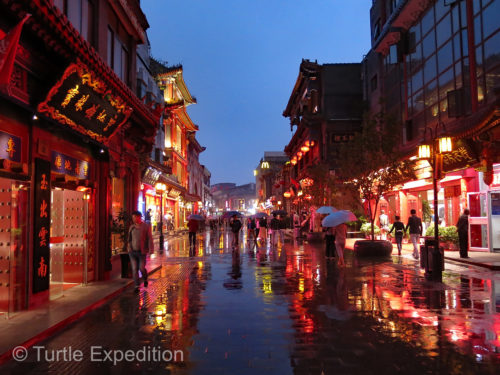
As the sun went down, the lights came up and the beautiful lanterns added to the reflection on the rain-dampened streets.
Hutong and Siheyun
In any case, Hutongs were a part of northern Chinese cities and particularly Beijing we wanted to see for ourselves. The original term “Hutong” (which is of Mongolian origin meaning “water well”) appeared under Genghis Khan’s grandson reign, Kublai Khan, first emperor of the Yuan Dynasty (1206-1341) and refers to a narrow street or alley. In residential areas, the Hutongs wind between unique designs of homes called Siheyuan, meaning “a courtyard surrounded by buildings on all four sides”.
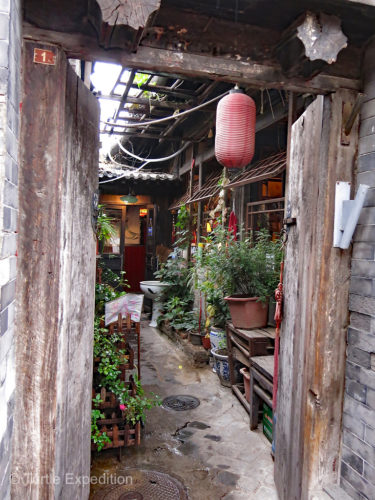
Doors opened up into little courtyards and kitchens. These old homes are where real people work and live.
During the build-up and modernization starting in mid-20th century and also before the 2008 Summer Olympics, many Hutong neighborhoods gave way to new roads and modern apartment blocks. The Siheyuan have a history of two thousand years and were first established in the Zhou Dynasty (1027-256 BC) dividing residential areas according to social classes. They exhibit outstanding and fundamental characteristics of Chinese architecture and serve as a cultural symbol of Beijing and a window into its old ways of life. Fortunately, many of Beijing’s ancient Hutong neighborhoods still stand, and a number of them have been designated protected areas and are becoming major tourist attractions. The photos here will take you on a short walk through a Beijing not always seen by outsiders.
A Nostalgic Side of Beijing
As we wandered through the old alleys where real people work and live we saw a nostalgic side of China. Only the occasional tourist on a bike taxi reminded us where we were. Sagging doors opened up into little courtyards. The narrow streets were not even wide enough for a normal car. Electrical and phone connections looked like a can of worms, and along with natural gas, they were run overhead like we saw in Russia. Nevertheless, many people prefer this old style of life compared to the new hustle and bustle of modern Beijing.
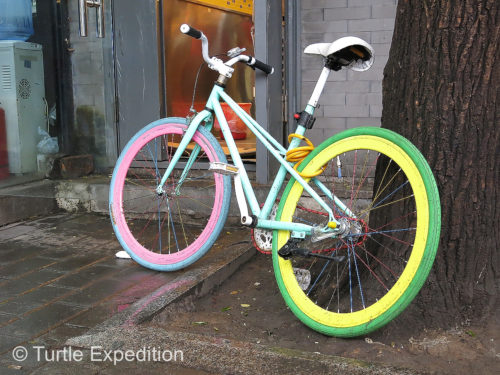 Returning to the more popular tourist streets, the selection of different foods was interesting but not always appetizing. Green found a nice little greasy spoon café where we enjoyed some spicy rice and noodles. Yummy things for snacks and desserts were everywhere, but least we ruin our appetite, we settled for a good cup of Starbucks coffee. The crowds of umbrellas thinned and we window-shopped. As a damp blanket of darkness enveloped the city, hiding some of the ugly parts, the glittering lights of stores and restaurants sparkled off the wet pavement. Soon it will be time for dinner, and Green knew where the original Peking hung duck was waiting for us.
Returning to the more popular tourist streets, the selection of different foods was interesting but not always appetizing. Green found a nice little greasy spoon café where we enjoyed some spicy rice and noodles. Yummy things for snacks and desserts were everywhere, but least we ruin our appetite, we settled for a good cup of Starbucks coffee. The crowds of umbrellas thinned and we window-shopped. As a damp blanket of darkness enveloped the city, hiding some of the ugly parts, the glittering lights of stores and restaurants sparkled off the wet pavement. Soon it will be time for dinner, and Green knew where the original Peking hung duck was waiting for us.
- Electrical and phone connections looked like a can of worms, and along with natural gas, they were run overhead like we saw in Russia.
- A birds nest of wires.
- Electrical boxes
- More touristy areas were kept spotless but trash was an obvious problem in parts of the Hutong neighborhood we explored.
- Trash collectors on tricycles could not keep up with the flood of human waste. Plastic bottles, cans and other such garbage did not exist when this Siheyuan was being built, even 60 or 70 years ago.
- Many a door was open which let us sneak a peak into these Siheyuan courtyards.
- Looks like a mailbox.
- A home is still a home. Small decorations and plants were a touch of human care.
- Why not take advantage of a little space to plant vegetables and fruit?
- With Hutongs too narrow for normal cars to pass, bicycles and micro cars and vans were a unique solution.
- Only a micro car like this one had side clearance enough in these Hutongs.
- Though we preferred to walk, bicycle taxis were an alternative way to stroll along the Siheyuans.
- A little rain cleared the air and did not stop tourists and shoppers from exploring the Siheyuans.
- A Chinese tourist is protecting her camera from the rain.
- Fresh ingredients were waiting of the hungry shoppers.
- Must be a boring job. These two food preparers were about to fall asleep.
- Pasta, dumplings, baby lobster, grilled pigs’ feet, deep-fried shrimp and boiled parts of pig we guessed.
- These cute little dinner pots were heated with hot coals and made to order.
- Green found a little greasy spoon café for some spicy rice and noodles. Cooked to order it was safe to eat, even though the sanitation was marginal. If you can’t eat the local street food, you should probably stay home.
- Hand cut little pieces of candy were interesting.
- Fruit popsicles were tempting.
- There were shops and bakeries selling delicious cookies and muffins.
- We thought this might be a way to mass-produce noodles but closer inspection showed they were making flat bread on an electric grill.
- Madam, may I tempt you with another fresh dumpling?
- There are 137 Starbucks in Beijing. Only Seattle has more.
- We were still following The Silk Road, and one of its historic terminuses was Beijing. Even today, silk is a popular item to shop for.
- This bronze greeter invited customers into his store.
- These four bronze women were refining and weaving silk. Not to forget, the silk worms made it.
- Can’t say much for the models but the silk was beautiful.
- As the sun went down, the lights came up and the beautiful lanterns added to the reflection on the rain-dampened streets.
- Interesting brooms and brushes, Chinese parasols, hand-painted fans and all sorts of purses, jewelry and souvenirs were attractively displayed.
- Bad copy of a Swiss Army Knife. It had neither the shape nor the markings of the original Victorinox or Wenger, Swiss manufactures of the REAL Swiss Army Knife.



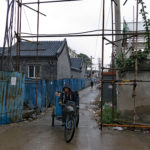
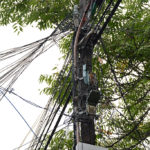
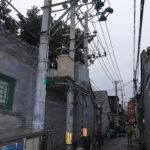
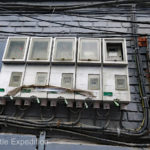
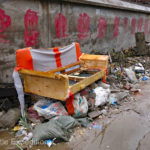

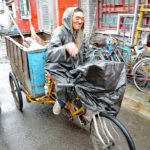
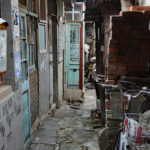
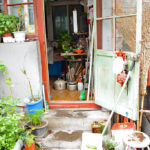
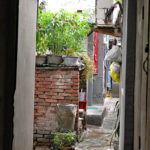
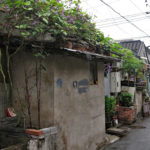
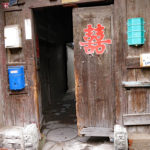
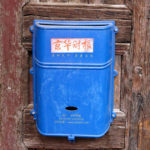
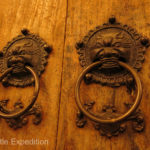
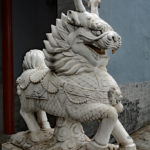
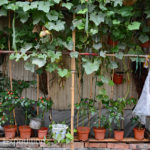
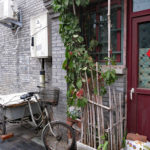
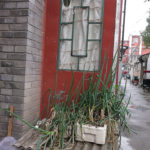
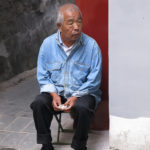
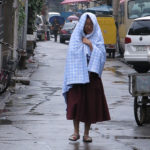
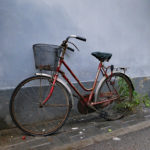
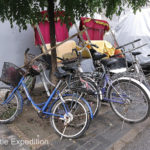
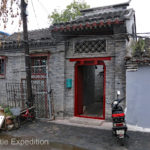
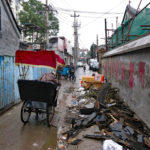
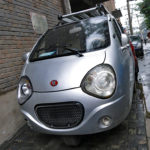
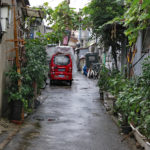
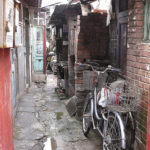

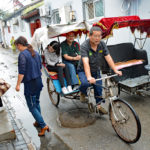
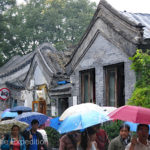
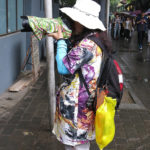

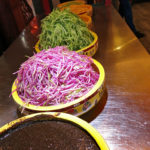

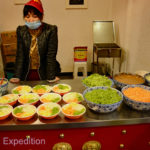
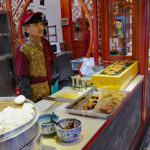

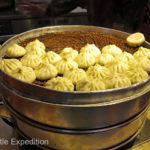
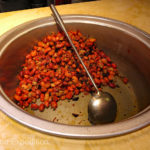
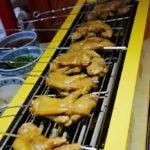
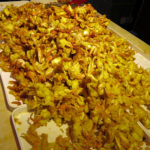
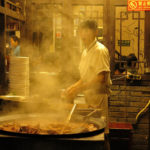
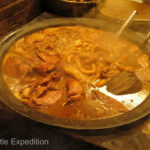
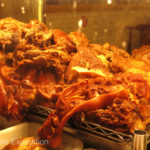
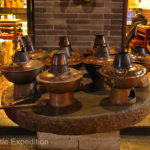
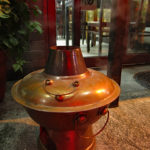
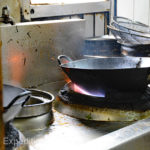
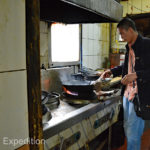

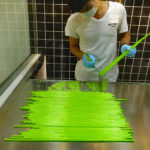
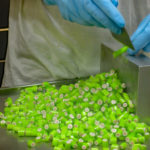
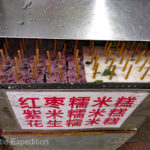
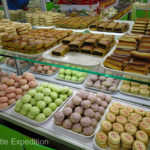

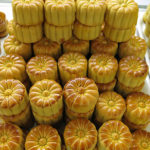

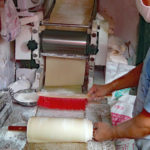
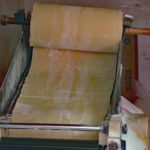
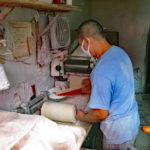
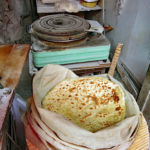
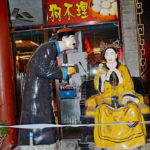
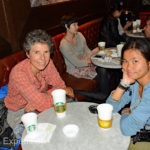
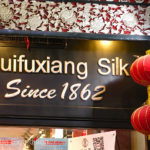
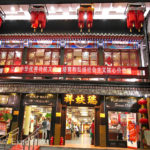
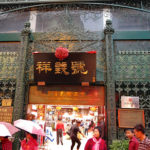
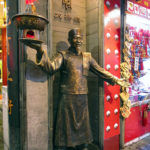
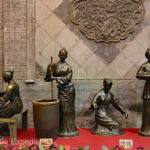
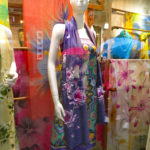

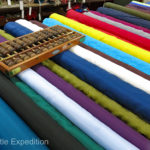
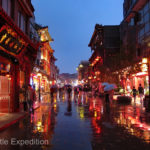
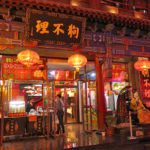
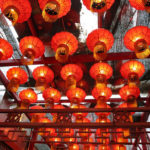
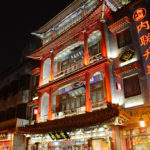
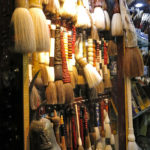
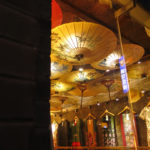
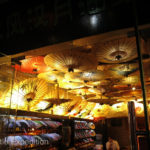
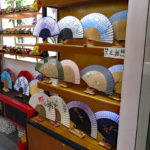
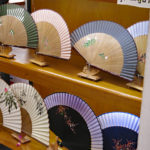
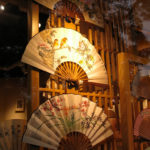
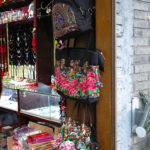
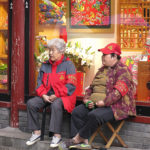
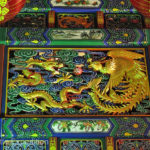
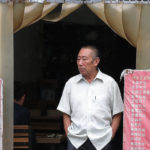
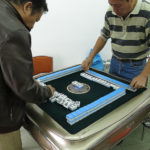
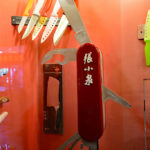





Leave a Comment